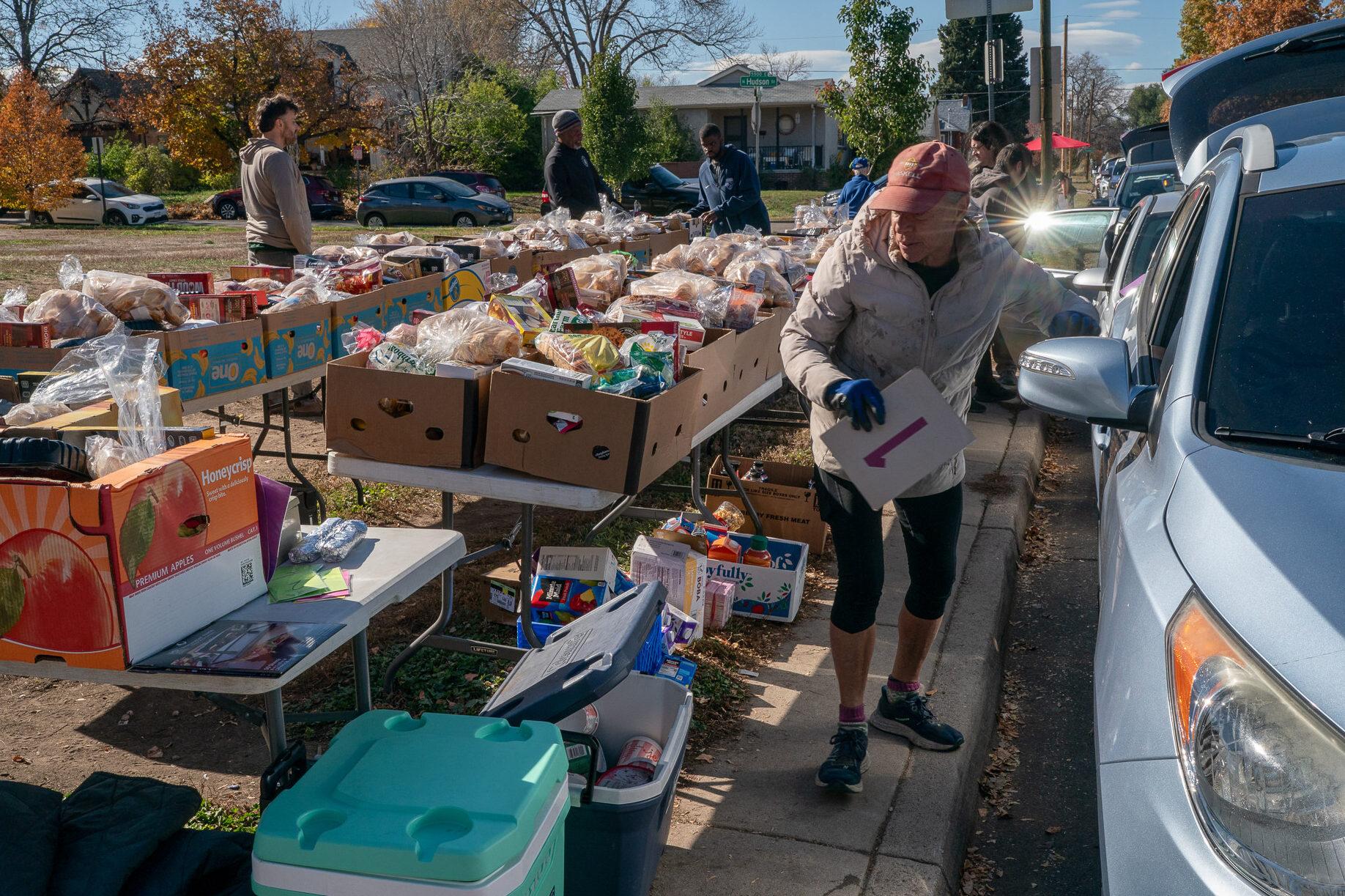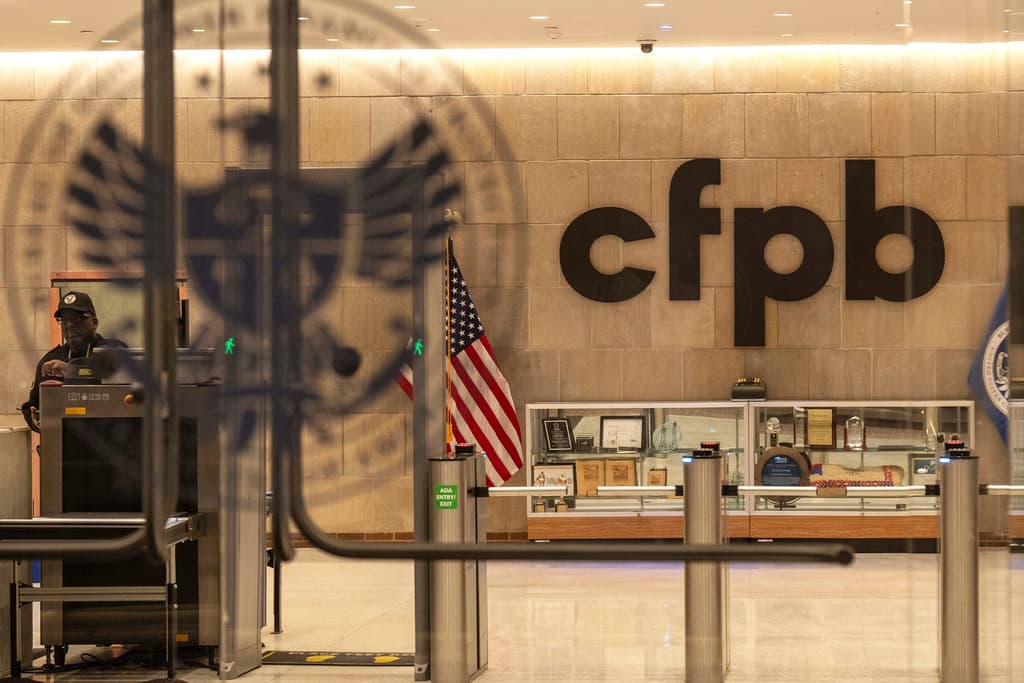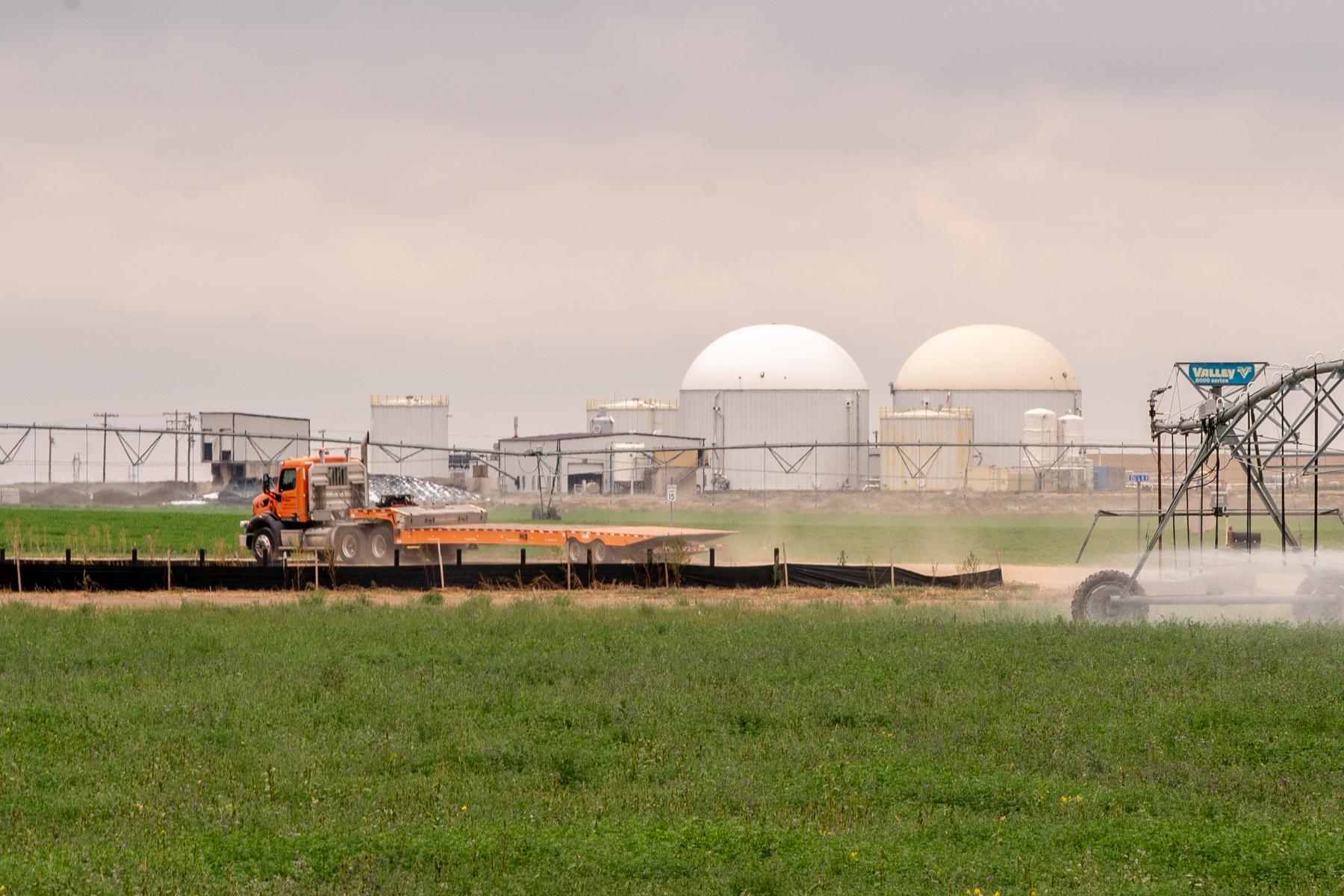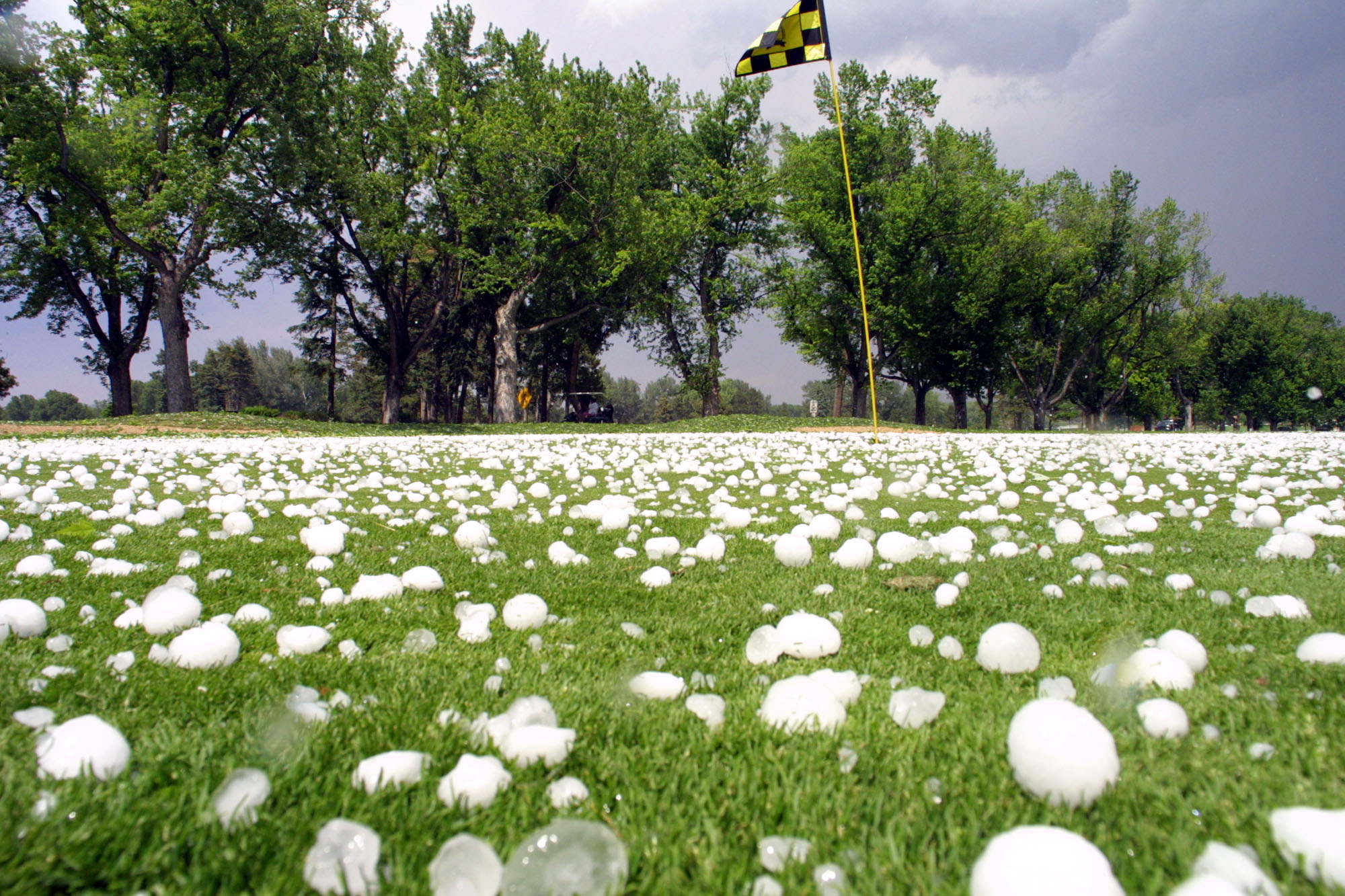
It’s become a regular summer event on the Front Range: Ink-black clouds sweep through and unleash hail on homes, cars and unsuspecting people. As more people move to the state, all that damage is adding up to an increasingly expensive menace for property owners and insurance companies.
Last year, Colorado edged out Texas as the top state with hail losses, according to an annual State Farm hail report.
“Colorado is being pushed unfortunately into that No. 1 spot [for insurance claims],” said Carole Walker with the Rocky Mountain Insurance Information Association.
In 2017, Colorado saw the most expensive hail storm in its history when baseball sized stones rained down on Denver, causing $2.3 billion in damage. State Farm ranked the state’s hail storms as the most expensive anywhere in the country last year.
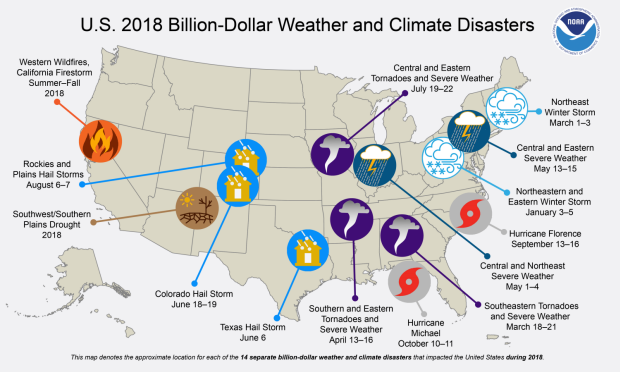
Those price tags are not because the hail storms have gotten worse. Population growth, which puts more people in the path of storms, seems to be a major factor. The end result is that it costs companies more to insure homes and businesses. They’re responding by pushing costs and risks on to customers.“There are situations where your insurance company may decide not to renew you, whether that’s an HOA or an individual property,” said Walker.
Walker said car insurance deductibles so far haven’t been impacted. But car owners — and homeowners — may have to wait months or even a year to get repairs done.
Insurance companies are also adjusting the way they’ll cover home damage. Many companies have switched to separate deductibles just for hail damage, distinct from the one that covers theft and fire. Many are also switching from a flat-rate deductibles for hail to what’s called a percentage deductible for hail damage. Under that model, businesses or homeowners pay between 1 and 5 percent of their insured value if they need to make roof or other repairs
Insurance agent Kyle Dufford worries about the problems that shift will bring. Some businesses and homeowners may not have the cash in the bank needed to get needed repairs.
“If the best we have to offer in the industry is pricing a deductible where no one can afford to participate, we’re doomed,” said Dufford.
Dufford is a relative newcomer to the world of hail insurance. In 2015 he moved from Grand Junction to Windsor, thinking he’d seen the worst of what nature could do. Wildfire was the main risk. He had heard about hail on the Front Range, but never really seen it in action.
So he walked out into a hail storm to check it out.
“It was hurting me as it fell, and my wife yelled at me, ‘Get out of there, that’s hail. It’s going to hurt you,” said Dufford.The next day at work, Dufford’s colleagues filled him in on what it’s like to work in “hail alley” along the Front Range. “They said, ‘You haven’t seen anything yet.’”
Dufford works as the middle man between dozens of insurance carriers and customers, as the agency operations manager for PFS Insurance Group in Johnstown.
“The conversation I have with each one of those carriers is, “What are we doing with hail?’ Each one of them says, ‘We’re doing the best we can,” said Dufford.
The pressure on insurance companies likely won’t let up: A growing body of climate change research suggests that the industry may need to begin searching for long-term financial solutions. Hail could become more damaging in Colorado by the end of the century.
“Multiple studies are showing that the environments that are producing large hail storms are getting more favorable in the future,” said Andreas Prein, a scientist who studies extreme weather at Boulder-based National Center for Atmospheric Research.
Research is still emerging on climate change and hail, and the effects will likely vary by region. One study projects that Colorado could see more frequent and larger hail stones in the summertime, although other researchers say warmer weather could have the opposite effect. Hail damage could decrease in southern states like Texas.

One partial fix may be changing how homes are built. Some materials like rubber shingles may be able to withstand hail better. That was a selling point for Greeley resident Steven Roach.
After a July 2018 storm damaged his roof, he was able to negotiate with a local roofing contractor to upgrade “to something that may actually not get damaged the next time,” said Roach. His house now has rubber shingles in place of the traditional ones.
But there was just one hangup: The roofing company was so busy last summer, Roach waited a year to get the work done.

